![Hajj draws millions of Muslim pilgrims to Saudi Arabia every year [Pexels] Hajj draws millions of Muslim pilgrims to Saudi Arabia every year [Pexels]](https://static.netnaija.com/i/z27W2Og6K5R.webp)
In many religions, a specific place holds great significance for devotees who travel there for pilgrimage.
In Islam, the pilgrimage is known as Hajj and all Muslims are obligated to perform it at least once in their lifetime.
The Hajj is an annual pilgrimage to Mecca, Saudi Arabia, a part of the Five Pillars of Islam. It involves preparation, including spiritual and practical preparation, and entering a state of Ihram upon arrival.
The pilgrimage begins with Tawaf, a seven-time walk around the Kaaba, followed by Sa'i, a seven-time walk between Safa and Marwah, reenacting Hagar's search for water.
Pilgrims then travel to Mina, a small village, where they spend the night in tents for prayer and reflection. The day of Arafat, the most critical part of the Hajj, is spent in prayer and contemplation.
After sunset, pilgrims travel to Muzdalifah to collect pebbles for the next day's ritual. They perform the symbolic stoning of the devil in Mina, participate in the Eid al-Adha festival, and perform Tawaf al-Ifadah, a further purification ritual. The Farewell Tawaf concludes the pilgrimage.
We asked Adlat, a Nigerian who's travelled to Mecca, about her pilgrimage.
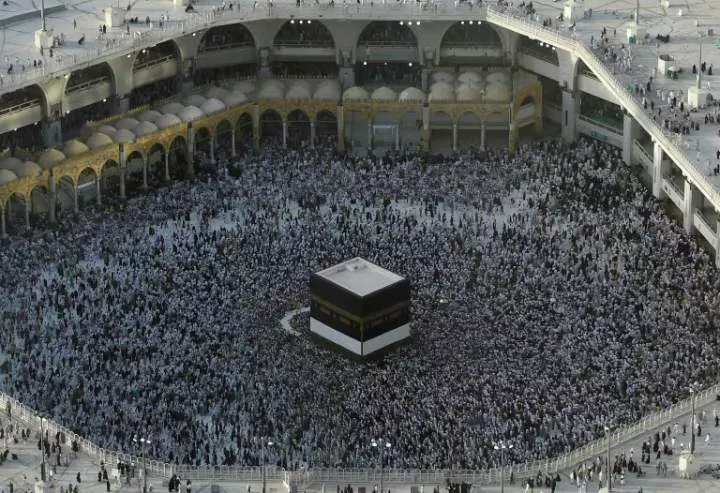
Here's how Hajj was for Adlat
There was a bit of a problem at the beginning. Qatar Airlines wouldn't accept my passport because it was damaged. Luckily, I was able to get a new passport in a single day in Nasarawa. Since my old passport had my e-visa, they even stapled it to the new one for safekeeping.
I got to Mecca a day before the commencement of Hajj, so I had to do my Umrah, and then I had to do my spiritual bath to start the Hajj activities properly overnight. I slept at a hotel in Mina, and before sunrise, we went to Arafah.
Arafah is a very big place. If you don't want to be on top of the mountain, you can stay in a tent, and your prayers will be answered. But I went up the mountain to pray from sunrise to sunset after which we started moving to Muzdalifah, where I prayed more before calling it a day.
The next morning in Muzdalifah, we collected stones and began the walk to Jamarat. It's a long journey, but the destination holds immense significance. Here, we participate in the symbolic ritual of throwing stones at Satan. This act coincided with the joyous celebration of Eid al-Adha, also known as Sallah.
The stoning ritual continued for three days. After completing it on the third day, I returned to Mecca from Mina. There, at the Kabba, I performed the Tawaf al-Ifadah, a crucial rite marking the completion of Hajj obligations.
My pilgrimage wasn't over yet. I ventured back to Medina, where I visited the mountain where some companions of the Prophet lie buried. I also paid respects at the first mosque built by the Prophet and the site of the first Jummah prayer.
Finally, after visiting the Prophet's grave and offering prayers, I returned to Mecca.
On my departure day, I performed the final Tawaf al-Ifadah before returning home to Kano, Nigeria. The entire experience was a truly beautiful memory.

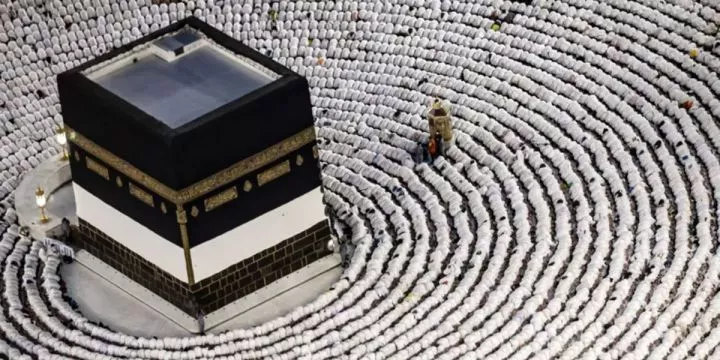
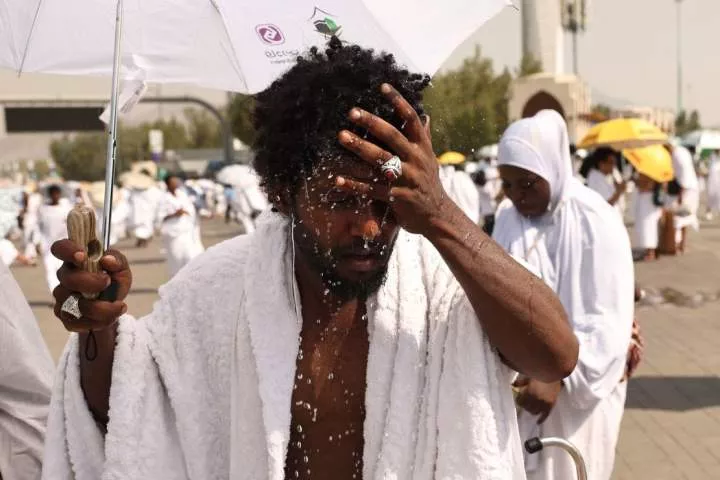
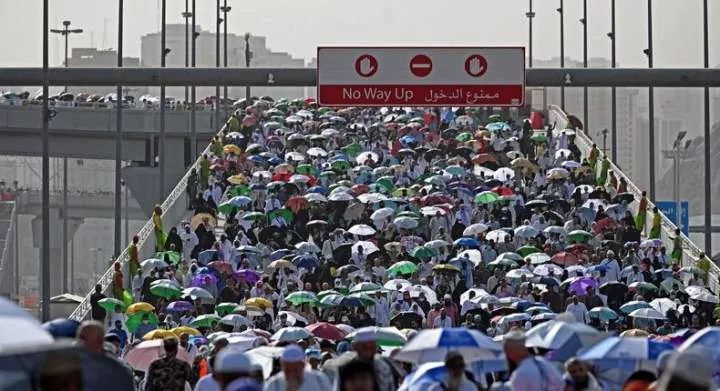
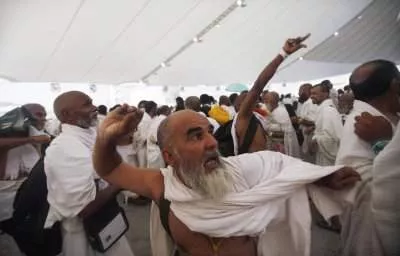



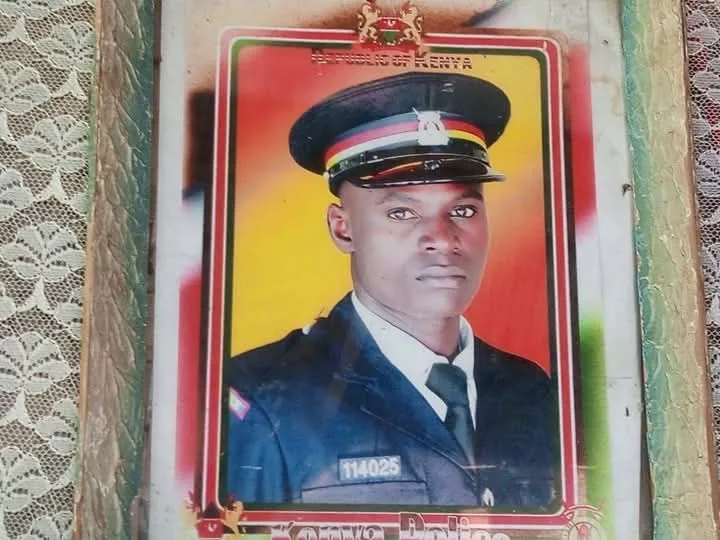








Comments